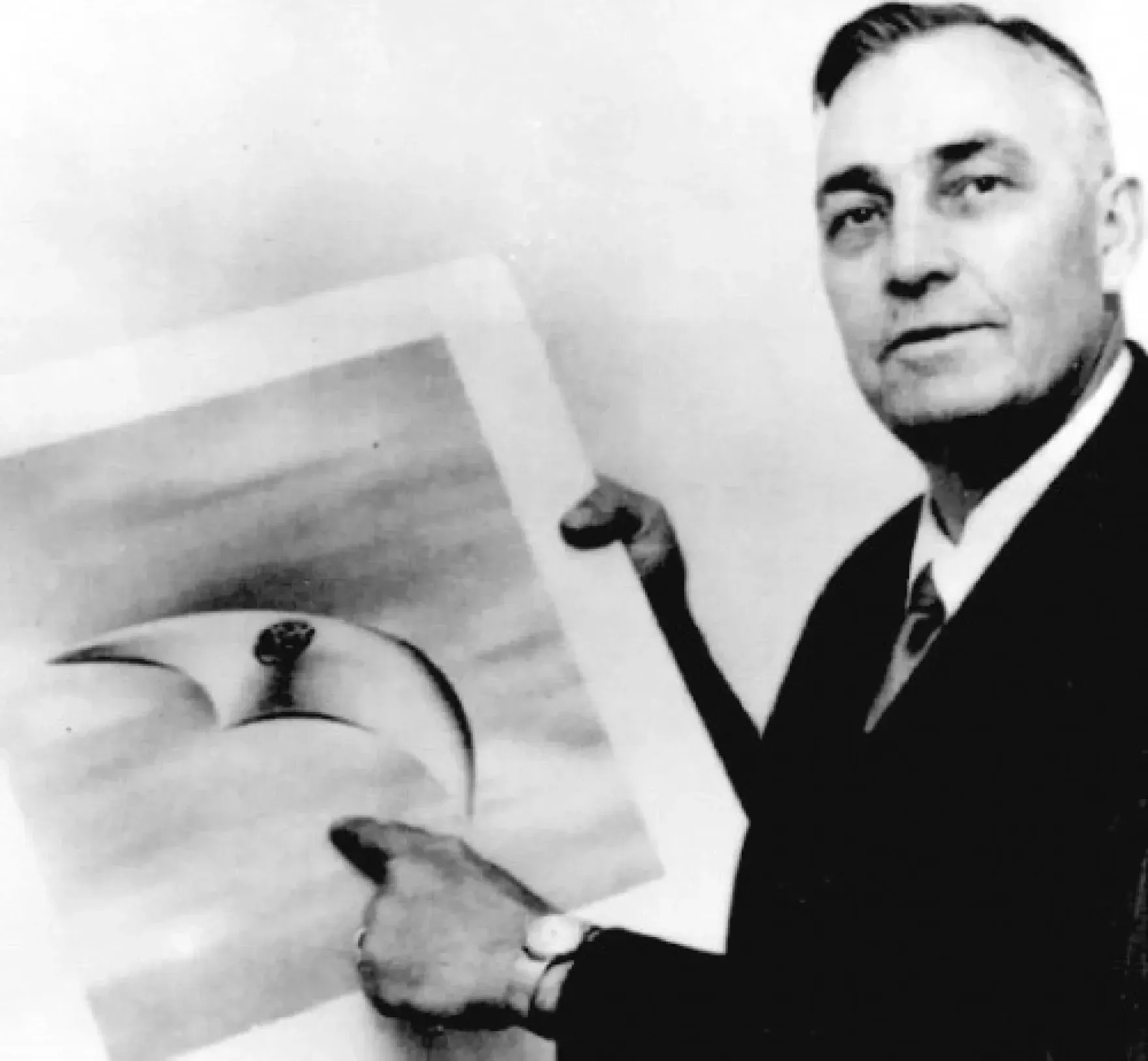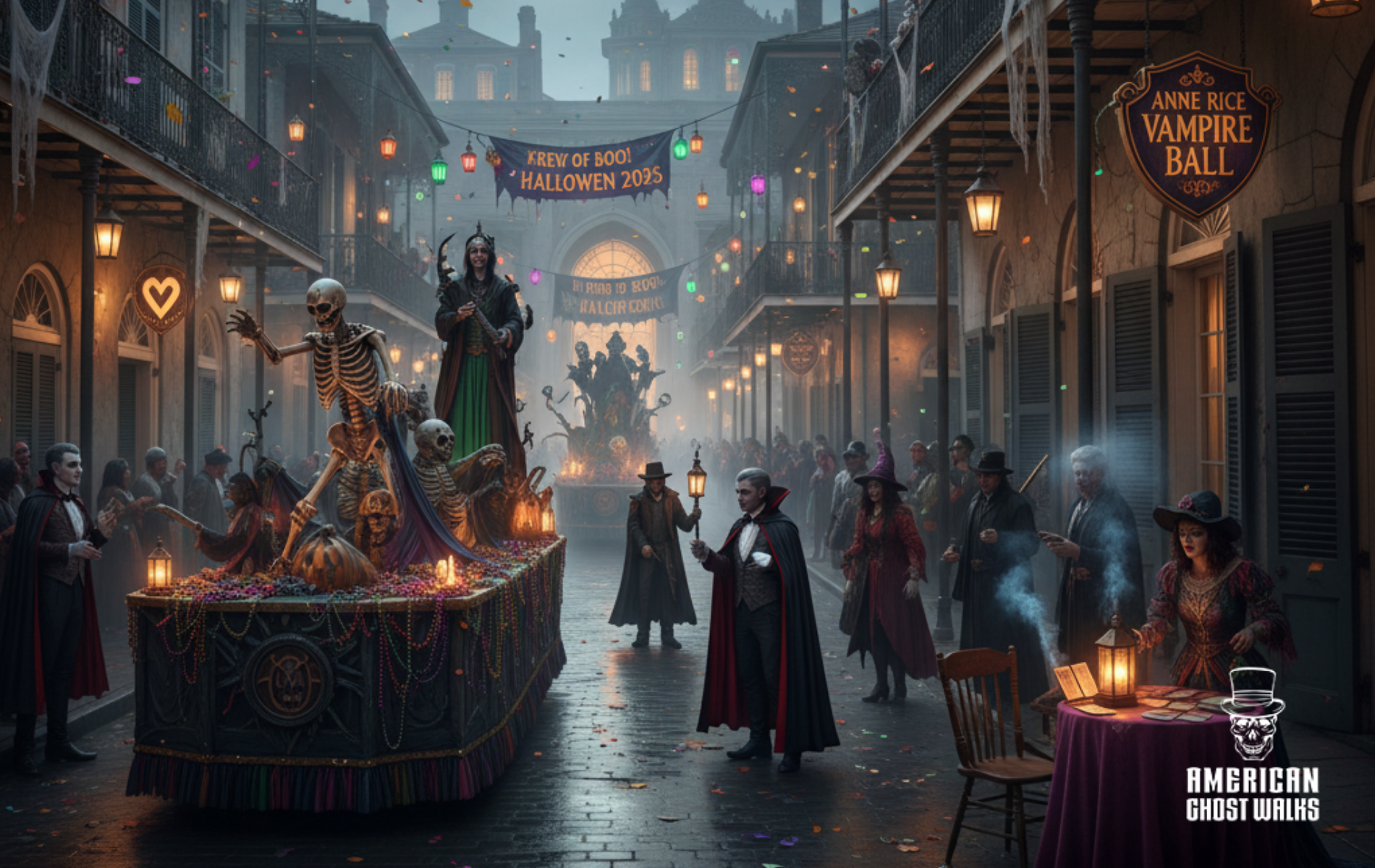Kenneth Arnold and the Origin of Flying Saucers
Kenneth Arnold and the Birth of the Modern UFO Era: June 24, 1947

On June 24, 1947, American pilot Kenneth Arnold reported a mysterious aerial encounter near Mount Rainier in Washington State. This sighting would become one of the most significant events in UFO history. Arnold’s report sparked widespread media attention, introduced the term “flying saucer” into public consciousness, and launched the modern era of UFO sightings.
Who Was Kenneth Arnold?
Kenneth Albert Arnold was born on March 29, 1915, in Sebeka, Minnesota. He attended the University of Minnesota and became a successful businessman and pilot. By 1947, he had accumulated over 4,000 hours of flight time and was known for his professionalism and reliability. Arnold operated the Great Western Fire Control Supply Company, frequently using his private aircraft for business. He also held positions of community trust, serving as an Eagle Scout, Red Cross volunteer, relief U.S. Marshal, and member of the Idaho Sheriff’s aerial posse. His background and character made his claims about the sighting especially credible.
The UFO Sighting on June 24, 1947
While flying from Chehalis, Washington, to Boise, Idaho, Arnold diverted his route to assist in the search for a missing Marine Corps C-46 transport plane in the Cascade Mountains. Around 3:00 p.m., while flying at approximately 9,000 feet near Mount Rainier, he noticed a sudden flash of light. Looking north, he saw nine bright, metallic objects flying in a chain-like formation, rapidly moving south along the Cascade Range.
Arnold described the objects as shiny and mostly circular, although one appeared crescent-shaped. He estimated each was around 50 feet in diameter. The movement of the objects was highly unusual, with a skipping motion he compared to a saucer gliding over water. This analogy led the press to coin the now-famous term “flying saucer,” even though Arnold never said the crafts were saucer-shaped.
He observed the objects for about two minutes before they disappeared over the horizon toward Oregon. Using the distance between Mount Rainier and Mount Adams, Arnold calculated their speed to be more than 1,500 miles per hour—far faster than any known aircraft at the time. The sighting was later classified as a “Daylight Disc” in the Hynek classification system, characterized by multiple objects, a reliable witness, and detailed documentation including Arnold’s sketches.
Media Reaction and Public Response

After landing in Yakima, Arnold shared his experience with other pilots, some of whom speculated that he might have seen secret military aircraft. When he reached Pendleton, Oregon, he attempted to contact the FBI but was unable to reach anyone. Instead, he relayed his account to Nolan Skiff, editor of the East Oregonian newspaper. The story was soon picked up by wire services and made national headlines, triggering a wave of similar UFO sightings across the country.
Arnold’s reputation as a trustworthy and experienced pilot gave his story significant weight. His sighting became a cultural phenomenon, inspiring serious public interest and concern about unidentified aerial phenomena.
The Military’s Reaction and UFO Investigations
Although the U.S. military had not yet launched an official UFO investigation, Arnold’s sighting prompted immediate interest. The report helped lead to the establishment of Air Force projects like Project Sign, Project Grudge, and eventually Project Blue Book. These initiatives sought to investigate the growing number of UFO sightings being reported in the late 1940s and 1950s.
Arnold’s encounter also set the stage for the famous Roswell incident, which occurred just weeks later in July 1947. Together, these events played a crucial role in shaping America’s obsession with extraterrestrial life and government secrecy.
Ongoing Debate and Historical Legacy
Since 1947, the Kenneth Arnold UFO sighting has been the subject of intense scrutiny. Skeptics have suggested explanations such as atmospheric reflections, mirages, flocks of birds, or optical illusions. However, none of these theories have definitively explained what Arnold saw. He remained consistent in his account for the rest of his life, insisting that his observations were accurate and sincere.
Today, the Arnold sighting is widely recognized as the incident that ignited the modern UFO movement. It marked the beginning of widespread media coverage, government investigations, and public fascination with unidentified flying objects.
Conclusion
The Kenneth Arnold UFO sighting of June 24, 1947, stands as a turning point in the history of aerial phenomena. It introduced the world to the concept of “flying saucers” and sparked decades of research, debate, and speculation. Whether interpreted as a case of misidentified natural phenomena or evidence of something more extraordinary, Arnold’s account continues to influence how we view UFOs and unexplained encounters in the skies.
If you're interested in UFO sightings you might want to check out our tours in Juneau and Ketchikan, Alaska, Waukesha and Milwaukee, Wisconsin, or of course San Juan, Puerto Rico, which is the easternmost corner of the Bermuda Triangle!





